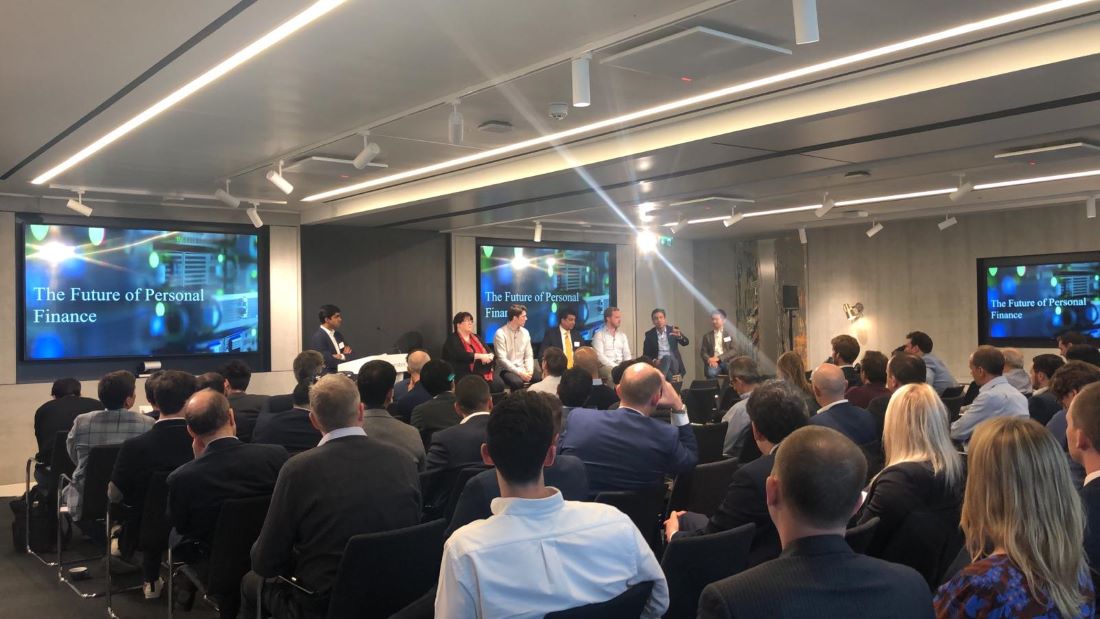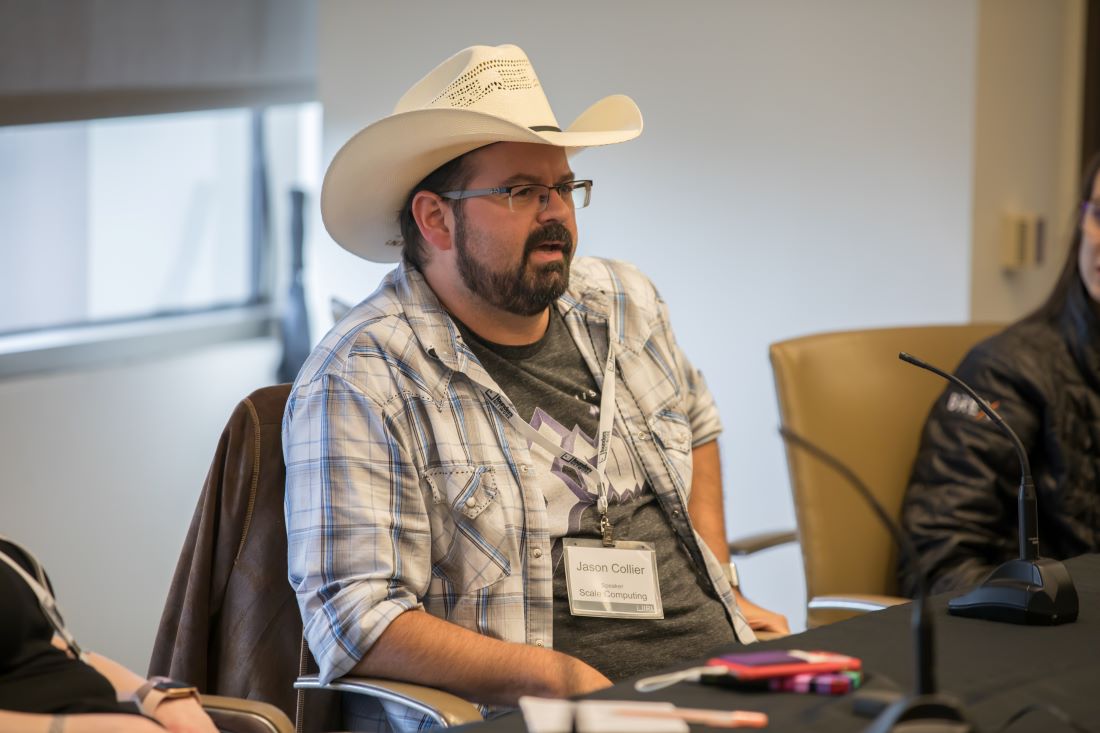
When it comes to raising venture capital, cutting through the noise is half the battle for early-stage founders. Sanchit Dhote of Outward VC pulls back the curtain on how investors think, and shares tactics capturing investor interest, setting the right targets, and crafting your pitch with scale in mind.
For early-stage founders, getting into the venture capital funnel is both an art and a science and it requires a few elements to come together:
- understanding an investor’s motivations
- crafting the right pitch
- and getting on a VC’s radar to secure a meeting
Venture Capitalist Sanchit Dhote has seen many such requests. His firm, Outward VC, specializes in early-stage startups, which is unique stage of fundraising that comes with its own set of challenges, quirks and pitfalls. At a Founders Network seminar, Sanchit pulls back the curtain on VC fundraising for early-stage founders.
Register to Sanchit’s full webinar and see if you qualify for membership to Founders Network and get tips and tactics on:
- Getting into the VC Funnel
- Understanding Expectations
- Setting Targets and Timelines
- Positioning for Scale
- Closing the Deal
“For starters, not every startup can and should raise venture capital — and it’s not a referendum on how good your business is,” Sanchit explains. Venture capital funds are simply set up with a certain set of growth expectations related to their duties to limited partners. And founders need to carefully consider whether any such expectations are aligned with their own goals.
“A lot of businesses can do very well without raising any external capital. But when you take on VC funding, there are expectations from the investor side,” he says. “The way VCs deploy capital, and the way we govern those investments, is quite rigorous. So we’re looking for a very specific return based on specific types of companies that we’re looking to back.”
Early-stage VC models are geared up to expect that most of their portfolio companies will not produce a return — and that affects not just how they deploy capital, but how they nurture those investments as well.
“A VC’s strategy is grounded in the reality that only two or three companies from a portfolio of 20+ are going to actually return your fund,” Sanchit adds.
“A VC’s mentality is that you're going to have two or three companies from a portfolio of 20+, that are going to actually return your fund.” - @OutwardVC Share on XThen there’s the issue of actually getting in front of VCs who, in many cases, are fielding inquiries and pitches on a constant basis. There are a number of ways to reach out, and to break through the noise and get your business considered — cold emails, warm referrals, networking.
If you’re cold pitching, there are a few tactics that can lead to a greater rate of success: “There are definitely stories out there of companies reaching out through LinkedIn, and actually going through the whole deal process,” he says.
Ultimately, venture capital firms fall back on their own methodologies for evaluating potential opportunities. But in grabbing a VC’s attention, perhaps the most important thing to remember is that investing is a relationship, and talking with an investor should be a two-way conversation. It’s always best to thoroughly research who you’re talking to, and allow for a natural exchange of ideas.
“If we see founders actually doing a bit of work on us as well, asking questions and doing a temperature check on how we could work together, I think the best founders that we come across always do that,” he says.
“Instead of raising money simply for the sake of raising from VCs, have a very clear plan of how it will be deployed and where the company will be in 18 months time.” - @OutwardVC Share on XIn understanding that VCs are looking for growth, founders should be prepared to fundraise with scale in mind. Rather than coming up with a fundraising target first, think about where you’d like your business to be in 18 months and think backwards, identifying the resources you need and the ideal partners in that journey.
“Instead of raising money simply for the sake of raising from VCs, have a very clear plan of how it will be deployed and where the company will be in 18 months time,” Sanchit says. “This is something we often see: companies that have an arbitrary figure in their head, instead of thinking about where they need to go and how to get there.”
As for the risks in early-stage fundraising, founders need to consider how much equity they’re willing to fork over, because deals made at this stage can carry long-term ramifications down the road.
“At the seed stage, you need to be very cognizant of how much equity you're giving up without being too precious on valuation.” - @OutwardVC Share on X“Generally at a seed stage, you need to be very cognizant about how much equity you’re giving up and what the valuation of the company is without being too precious on things like valuation,” Sanchit adds. “If one million pounds today is really going to elevate the startup to a 50 million pound business in 18 months time, haggling over a valuation of $5 million or $7 million is not worth it. That’s often overlooked by founders.”






